Rims vs Wheels: Difference Between Wheels and Rims
At a young age, I was very confused about the car’s wheels and rims. I thought both were the same and served a similar purpose.
While I misunderstand roughly the car’s rims vs wheels, the interesting thing is that both come together, not alone. I started feeling stupid lately and dug it deep down.
I discovered in automotive terms, a wheel refers to the entire circular component including the rims, tyres and of course the hub.
Besides the wheel might subjected to a specific model or brand, while the rim specifically denotes the wheel’s outer edge that holds the tyre.
I must say nowadays car rims and wheels have seen exciting advancements and trends. Lightweight rims have gained popularity due to their ability to enhance fuel efficiency and performance by reducing the car’s overall weight.
Futuristic materials like carbon fibre and titanium have become more prevalent, offering superior strength and sleek aesthetics. Customization options have expanded significantly, with bold colours and finishes, including vibrant metallic hues and matte options, allowing car owners to express their style.
Considerable wheels are making a comeback, with sizes up to 24 inches becoming more common, adding a touch of aggression and luxury to vehicles.
Moreover, innovative LED wheel lighting systems revolutionise customization, providing dynamic visual elements with customizable colour options and programmable patterns.
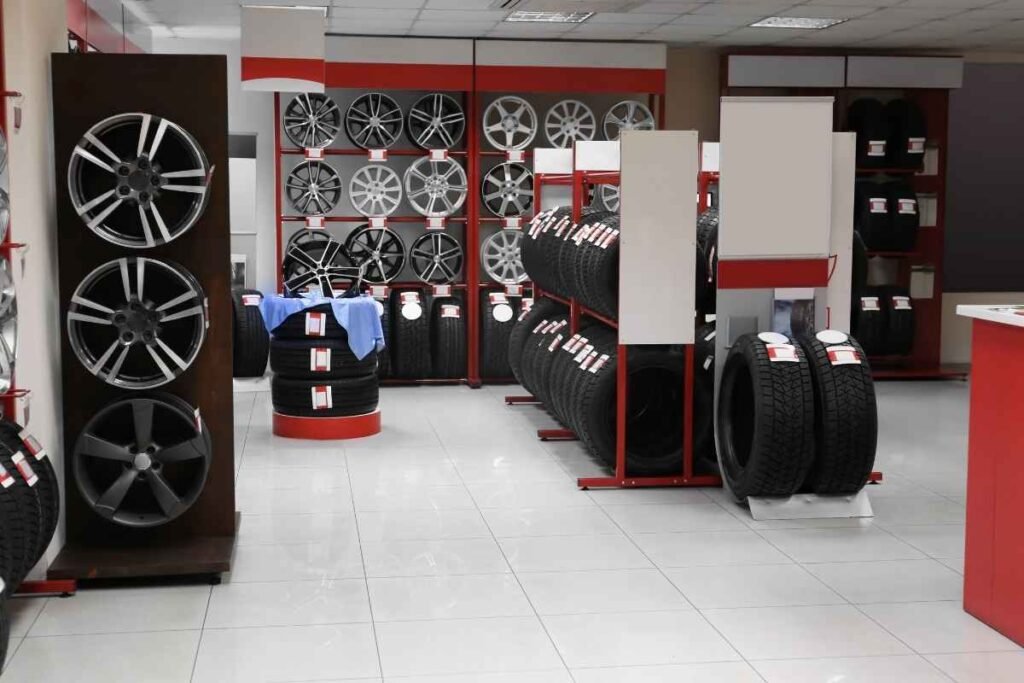
Are Wheels and Rims the Same Thing?
Wheels and rims are often used interchangeably, but they are different. The wheel defines the entire circular component, including the rim, tyre, and hub.
On the other hand, the rim is specifically the wheel’s outer edge where the tyre is mounted. The rim is a part of the wheel, but the wheel cages more than just the rim.
This distinction is essential to know each component’s different roles in a vehicle’s performance and aesthetics.
What are Car Rims, and Why are they Essential?
Car rims are the outer edges of a wheel where the tyre is mounted. They are necessary for guaranteeing a proper fit between the wheel and tyre and bearing an airtight seal to keep the air inside the tyre.
Rims are normally made from materials like aluminium, steel, or carbon fibre, and they contribute to the overall aesthetics and performance of the vehicle by providing structural support and enabling customisation options.
In stylish cars, rims have become essential for several reasons. They contribute significantly to a car’s performance by reducing unsprung weight, which enhances handling and fuel efficiency.
Contemporary rims are often made from advanced materials like carbon fibre and aluminium alloys, providing a balance of strength and lightness.
Additionally, the trend towards more extensive and aerodynamic rim designs helps improve vehicle stability and reduce drag, which is particularly beneficial for electric and high-performance cars.
Customisation options have also expanded, allowing car owners to choose from various styles, colours, and finishes to personalise their vehicles.
These advancements make rims a functional component and a key element in defining a car’s identity and performance in the present era.
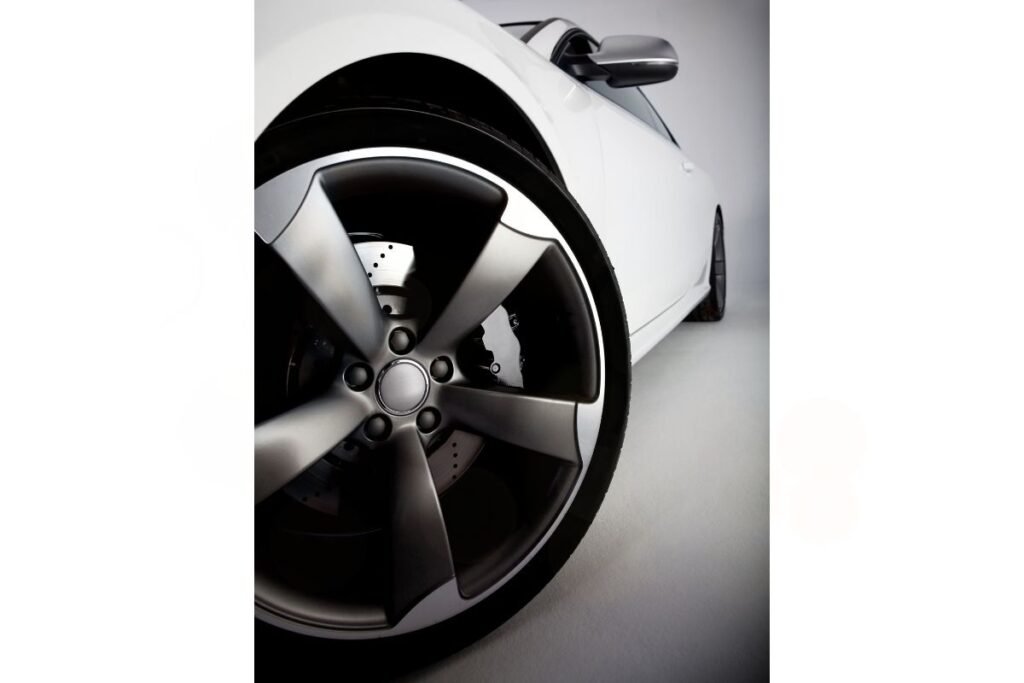
What are Car Wheels, and are they Essential?
A car wheel is a circular component that includes the tyre, rim, hub, and often spokes, designed to enable a vehicle’s movement by rotating around an axle.
The wheel’s outer surface is the tyre, which provides traction, while the rim supports the tyre and maintains an airtight seal. The hub connects the wheel to the vehicle’s axle, allowing smooth rotation and stability.
Advancements in wheel technology have made them even more crucial. Trendy wheels are often made using lightweight materials like aluminium alloys and carbon fibre, which enhance fuel efficiency and handling by reducing the vehicle’s unsprung weight.
The trend towards larger wheel sizes, such as 18 to 20 inches, continues to grow, providing better road grip and improved stability.
Innovative manufacturing techniques like flow-forming have also emerged, producing lighter and stronger wheels than traditional cast wheels.
These improvements boost performance and allow for greater customisation, with various designs and finishes available to suit different tastes and vehicle styles.
Overall, the evolution of car wheels in 2024 underscores their critical role in enhancing current vehicles’ functionality and aesthetics.
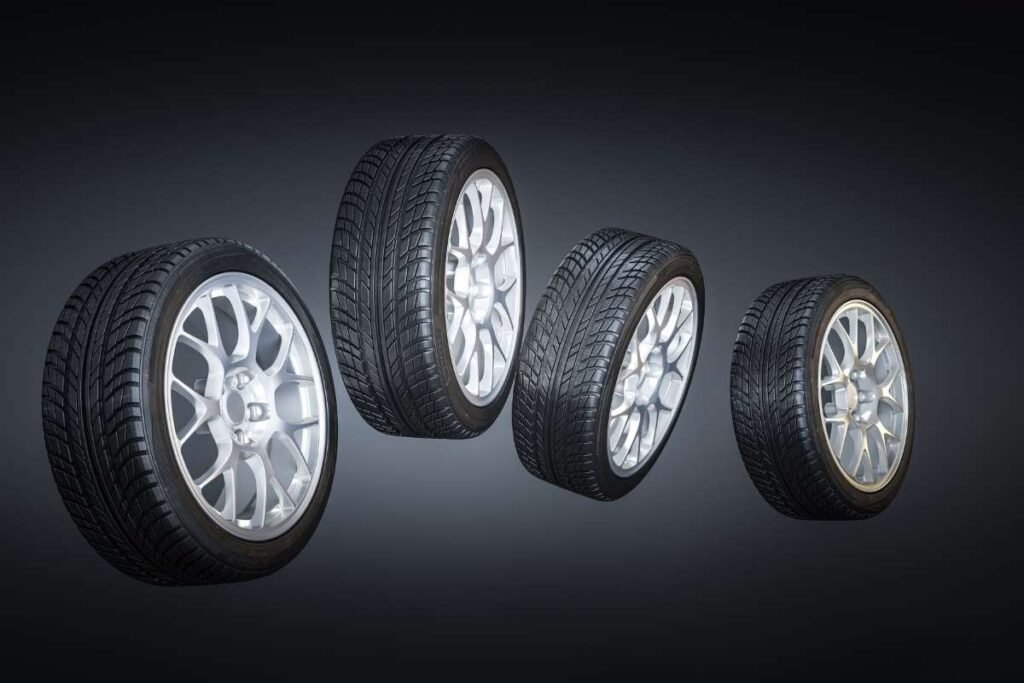
Rims vs Wheels: Similarities and Differences
The distinctions between rims and wheels are crucial for car enthusiasts and anyone looking to upgrade their vehicle’s performance or aesthetics.
Rims are the outer edges of the wheel where the tyre is mounted, playing a crucial role in maintaining an airtight seal and providing structural support.
Wheels, however, encompass the entire assembly, including the rim, tyre, and hub, and are responsible for the vehicle’s movement and stability.
While rims contribute significantly to a vehicle’s aesthetics and performance by reducing weight and allowing for customisation, wheels are essential for overall functionality, ensuring smooth rotation and traction.
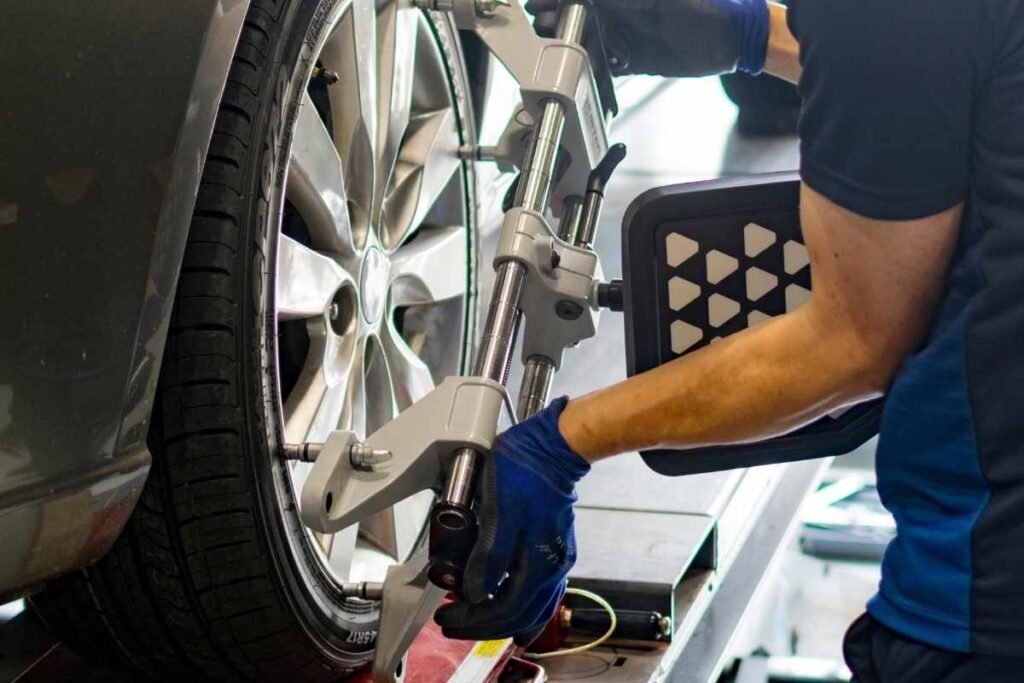
1. Functionality
Rims primarily provide a support structure for the tyre, ensuring it stays in place and maintains an airtight seal.
However, in the debate rims vs wheels; wheels are responsible for the vehicle’s movement, connecting to the axle and enabling rotation.
2. Composition
Rims are often made from aluminium, steel, or carbon fibre, chosen for their strength and lightweight properties.
Since wheels include these materials but incorporate additional components like the hub and spokes, which can be made from various alloys in rims vs wheels terms.
3. Customization
Rims offer extensive customization options, including different colours, finishes, and designs, allowing car owners to personalise their vehicle’s appearance.
Moreover, wheels can also be customized, but changes often affect the entire assembly, impacting aesthetics and performance.
4. Impact on Performance
Rims can influence a vehicle’s handling and fuel efficiency by reducing unsprung weight.
Thus, wheels affect overall performance more significantly, including the tyre and hub, which play crucial roles in traction, stability, and braking.
5. Size Variations
Rims come in various sizes, typically 14 to 24 inches, depending on the vehicle type and desired look.
Besides, wheels also vary in size but must be compatible with the vehicle’s specifications, including the bolt pattern and offset.
6. Maintenance
Rims require regular cleaning and inspection for damage, such as bends or cracks, to maintain structural integrity.
Eventually, wheels need comprehensive maintenance to ensure optimal performance and safety, including tyre pressure checks, alignment, and balancing.
7. Cost
Rims can be relatively inexpensive, especially from standard materials like steel. However, high-end rims made from carbon fibre or with custom finishes can be costly.
For sure wheels tend to be more expensive overall due to their complexity and the inclusion of additional components like tyres and hubs.
8. Installation
Rims can be installed or replaced relatively quickly, often without specialised tools.
Yet, wheels require more effort, which involves mounting the tyre, ensuring proper alignment, and securing the assembly to the vehicle’s axle.
9. Market Trends
In 2024, rims have seen trends towards larger sizes and more aerodynamic designs, enhancing aesthetics and performance.
Further, wheels have also evolved, with advancements in materials and manufacturing techniques, such as flow-forming, leading to lighter and stronger wheels that improve vehicle efficiency and handling.
These differences help make informed decisions when upgrading or maintaining a vehicle, ensuring optimal performance and style.
10. Durability
Rims, especially those made from high-end materials like carbon fibre, are designed to withstand significant stress and impact. Still, they can be more susceptible to cosmetic damage, such as scratches and dents.
Wheels, incorporating the entire assembly, including the tyre and hub, are built to endure the rigours of daily driving and harsh road conditions.
They offer more comprehensive durability, including resistance to structural damage and wear over time. This makes wheels a critical component for ensuring long-term vehicle reliability and safety.
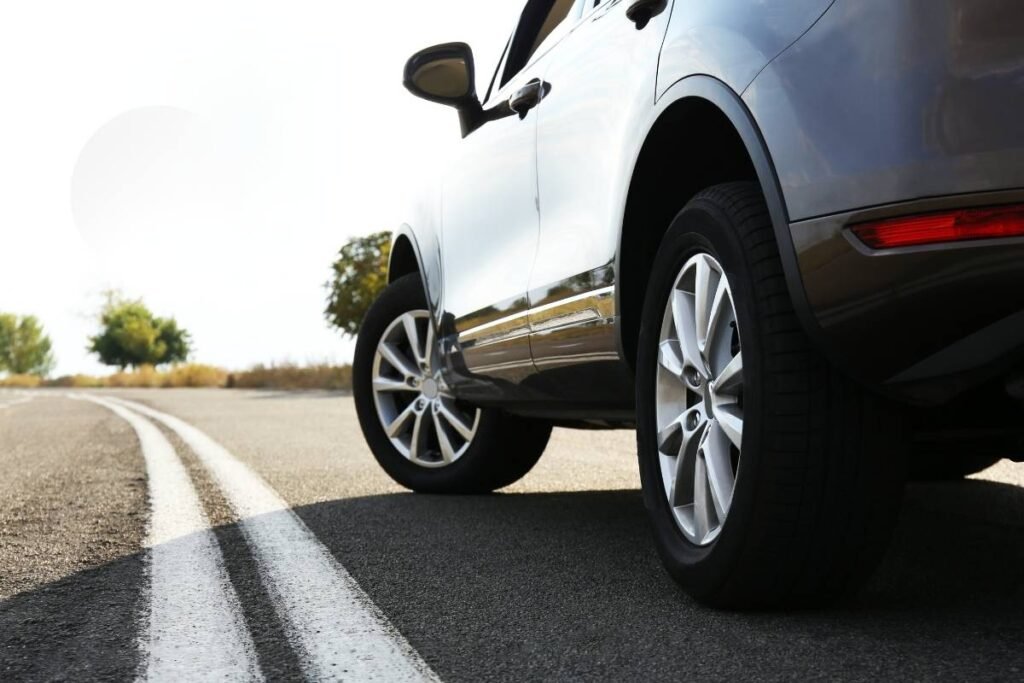
The Growth of Automotive Wheel Rims Market Size
The automotive wheel and rim industry is currently experiencing strong growth driven by rising global vehicle production, increased demand for custom rims, and a shift toward lightweight materials.
In 2024, the market for automotive wheel rims is valued at around $41.87 billion, with forecasts suggesting it could reach $56.48 billion by 2028 at a compound annual growth rate (CAGR) of 7.8% due to continued demand for lightweight rims in electric and hybrid vehicles, as well as the increased popularity of customizations in passenger vehicles.
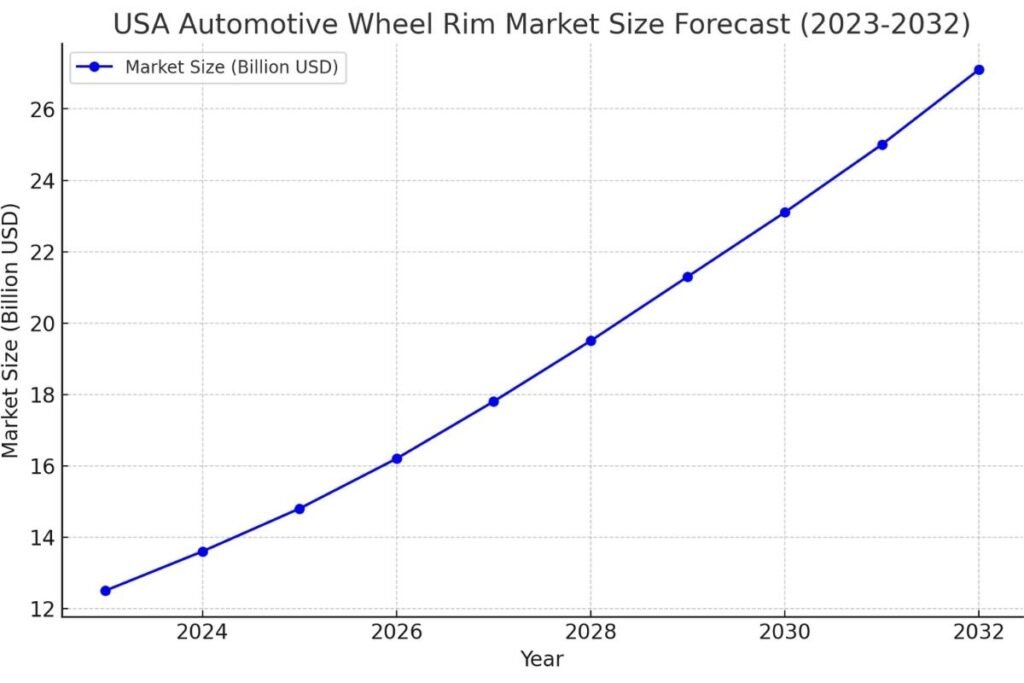
Regionally, Asia-Pacific leads the market, especially in China and India, due to high vehicle sales and supportive government policies, including incentives for electric vehicles.
North America, with a focus on lightweight materials like aluminum alloys and carbon fiber rims, is the second-largest market. Europe follows closely, propelled by luxury brands seeking lightweight materials for fuel efficiency and performance.
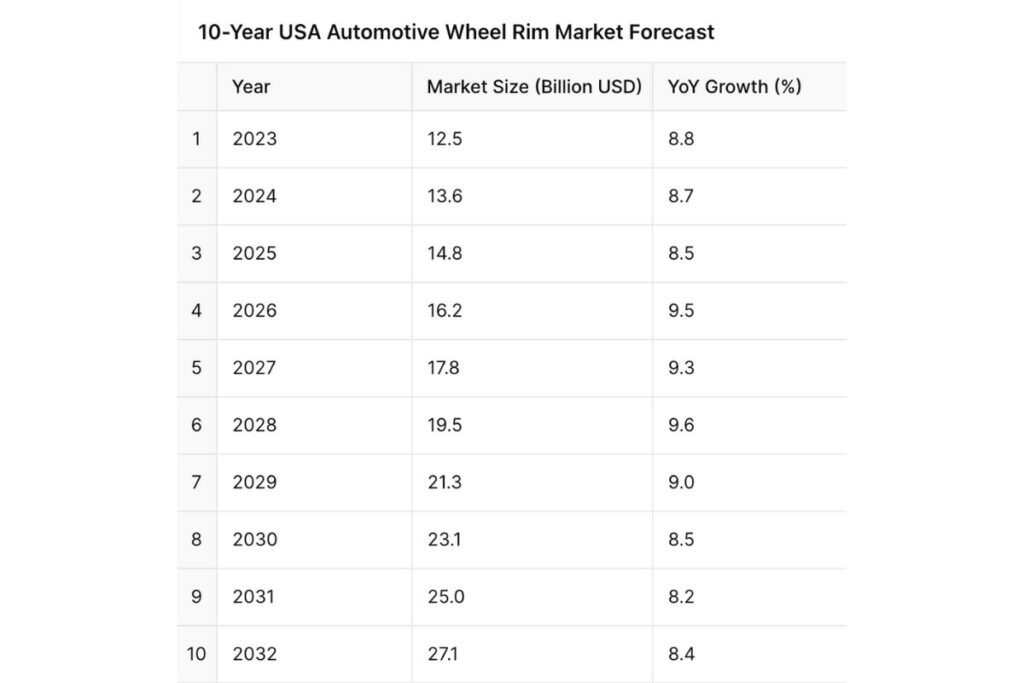
The Thoughts
The advancements in car rims and wheels in 2024 have significantly impacted the performance and aesthetics of modern vehicles.
Lightweight rims from advanced materials like carbon fibre and titanium have enhanced fuel efficiency and handling, while more significant, more aerodynamic designs have improved stability and reduced drag.
Customization options have expanded, allowing car owners to express their style with bold colours, finishes, and innovative LED lighting systems.
The controversy between rims vs wheels is fundamental for making informed decisions about vehicle upgrades.
While rims are the wheel’s outer edge where the tyre is mounted, wheels encompass the entire assembly, including the rim, tyre, and hub.
Both components play crucial roles in a vehicle’s functionality and appearance, and their evolution continues to shape the automotive landscape.
Integrating these advanced features will undoubtedly lead to even more exciting developments in car rims and wheels as we move forward.







